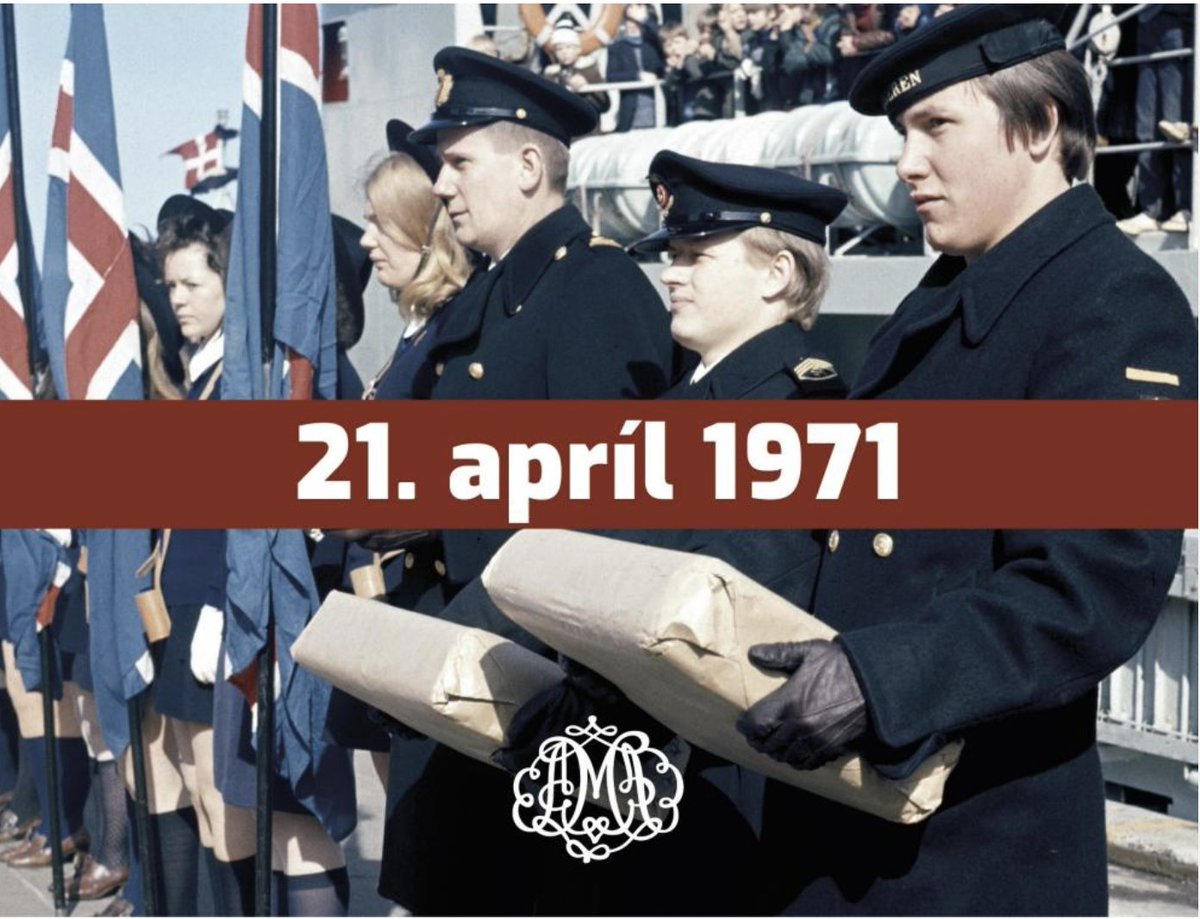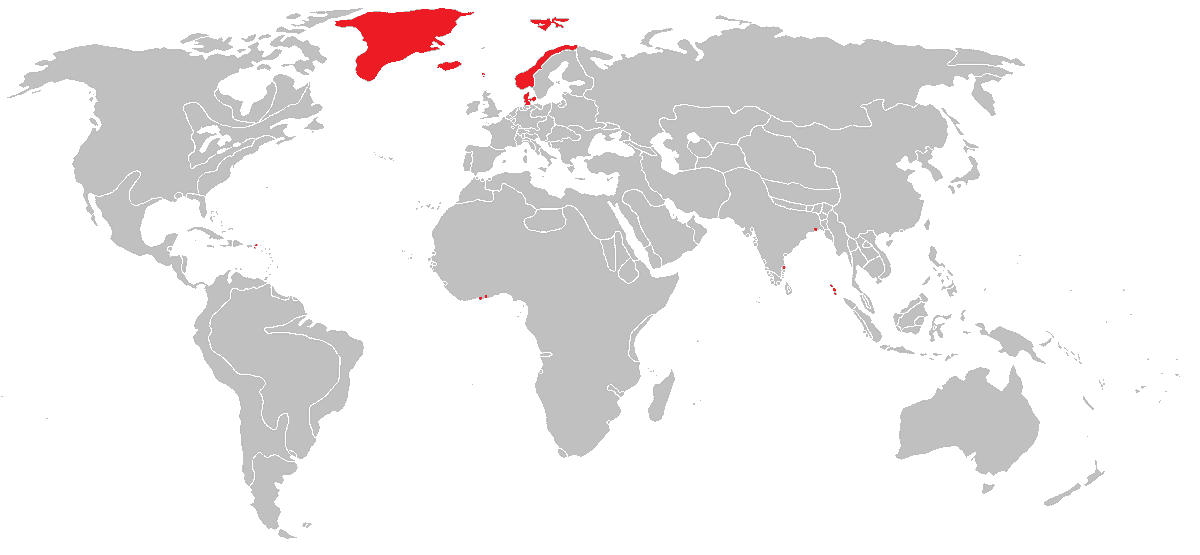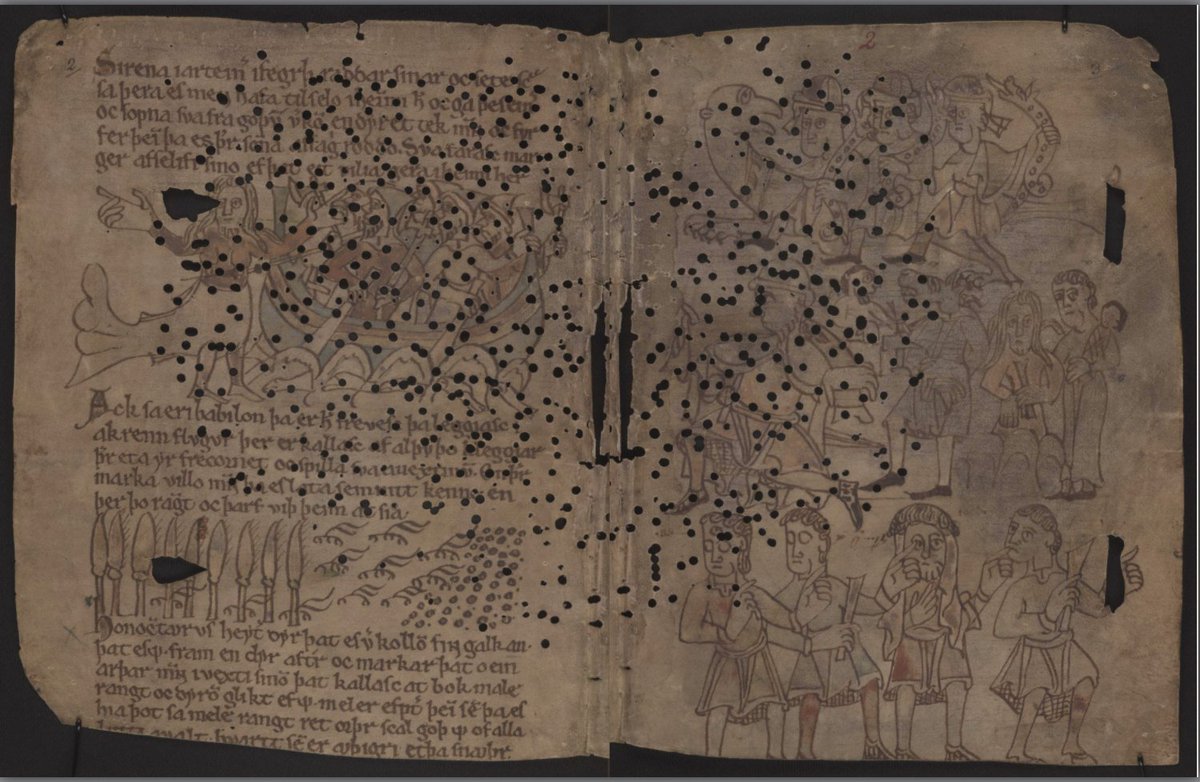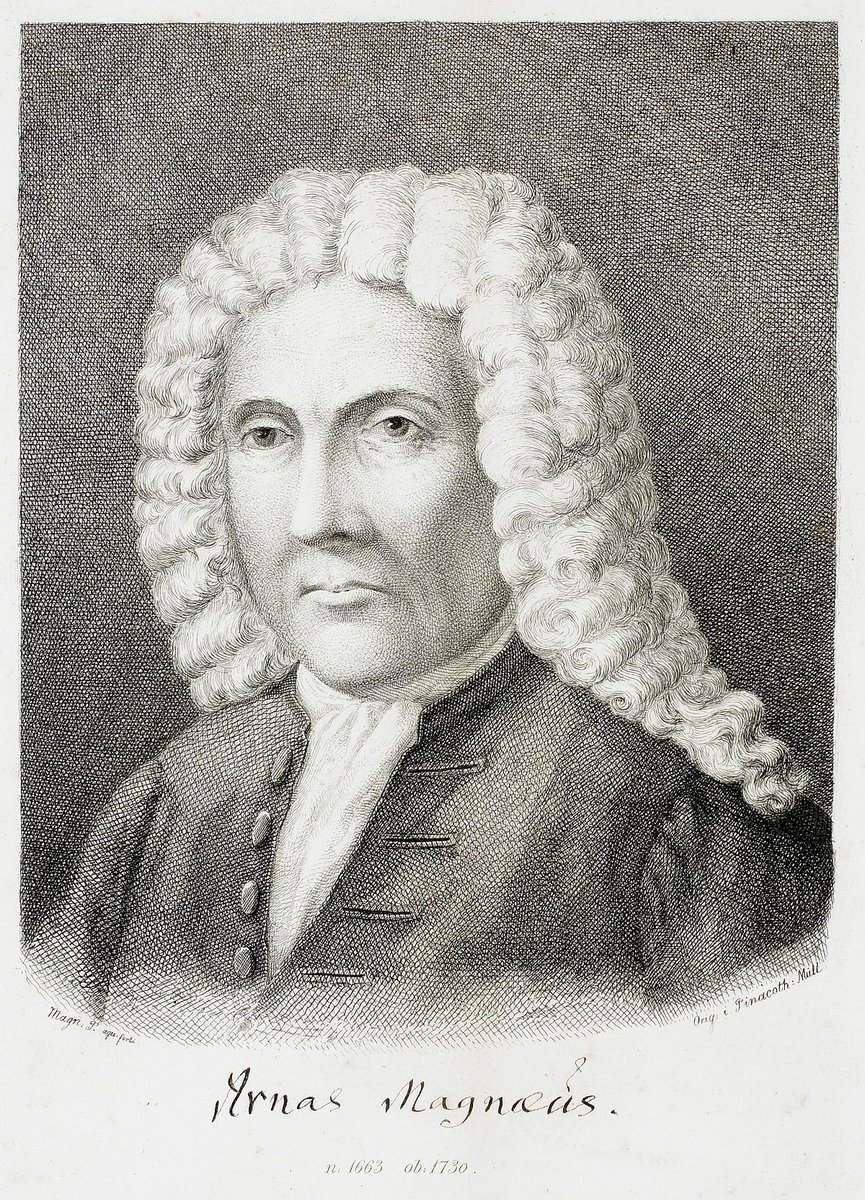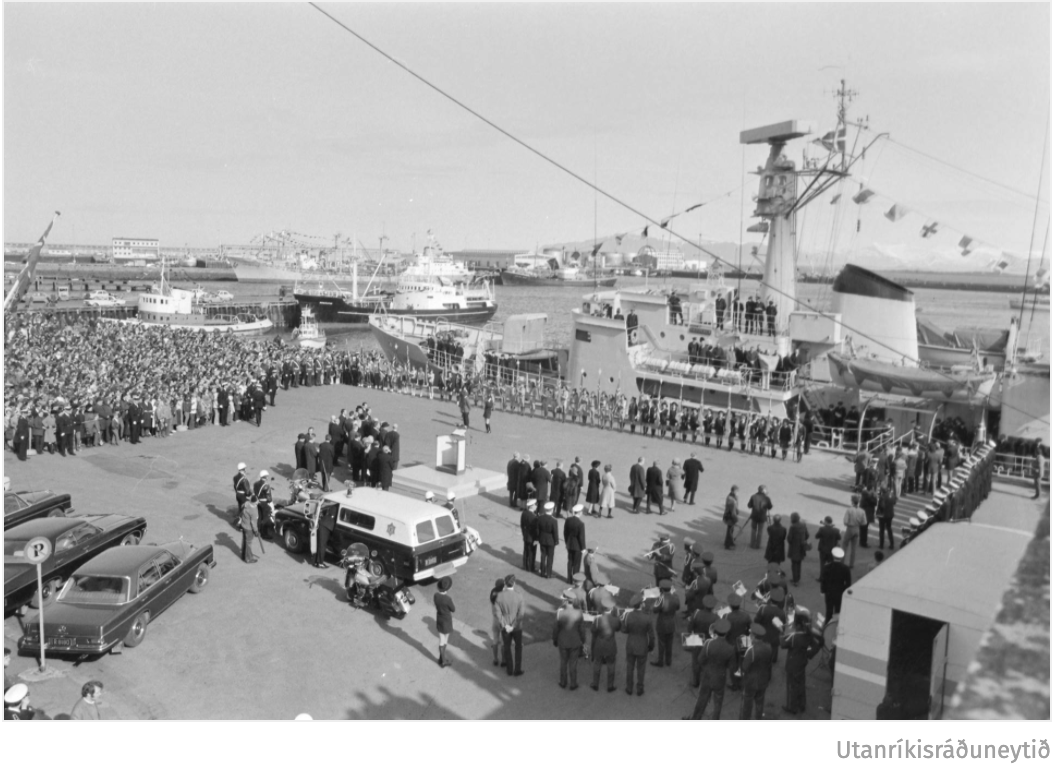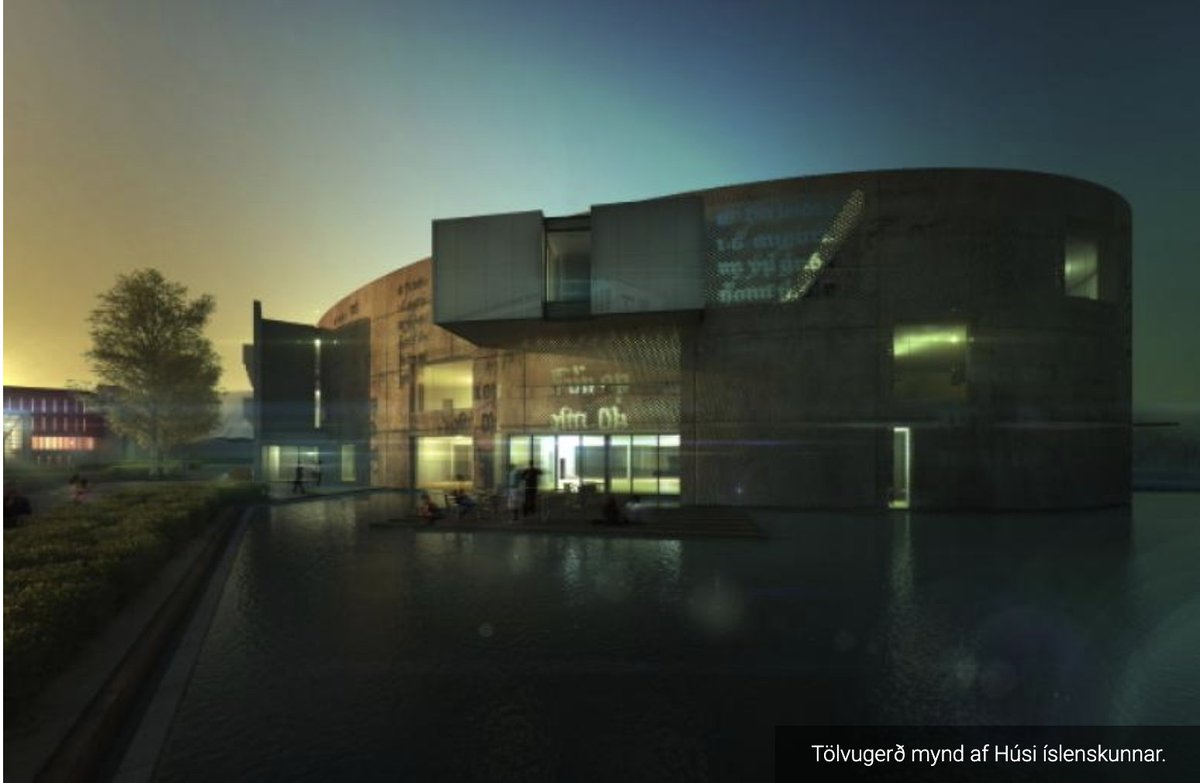Today is officially the last day of winter here in Iceland and tomorrow there is a national holiday to celebrate the first day of summer (sumardagurinn fyrsti). Today also marks the 50-year anniversary of Denmark& #39;s repatriation of Icelandic manuscripts to Iceland.
The so-called & #39;handritamálið& #39; (the manuscripts matter) had been a long-running subject of contention between Iceland and Denmark: Iceland became a sovereign state in 1918 and gained full independence from Danish rule in 1944. Map of Danish territories https://en.wikipedia.org/wiki/History_of_Denmark#/media/File:Denmark-Norway_and_possessions.png)">https://en.wikipedia.org/wiki/Hist...
Icelandic manuscripts had ended up in Denmark (and other places) as a result of them being collected in great quantities in the 17th and 18th centuries, often to aid national history-writing projects.
The fact of their being sent away from Iceland probably ensured many of the manuscipts& #39; long-term survival, certainly that of (seemingly) scrappier fragments: this manuscript of the Icelandic Physiologus is believed to have been used as a sieve https://handrit.is/en/manuscript/view/is/AM04-0673a-I">https://handrit.is/en/manusc...
Árni Magnússon (1663-1730) was the most important figure here and his collection became the Arnamagnæan Collection at the University of Copenhagen.
Returning to the 20th century, after many years of discussion, in the end an agreement was reached whereby the collection of Icelandic manuscripts held in the Arnamagnæan Collection in Copenhagen would be split in two and most returned to Iceland.
So it was that the first two manuscripts, the Codex Regius of the Poetic Edda (a small, unprepossessing book in quarto) and Flateyjarbók (a huge folio book containing sagas of Norwegian kings) were carried off a Danish warship that put into harbour in Reykjavik on 21st April 1971
The question of whether the remaining manuscripts that are still in Copenhagen should be returned to Iceland was raised again in 2019 https://www.ruv.is/frett/handritin-heim-aftur">https://www.ruv.is/frett/han... . This matter remains undecided and there are arguments for and against.
At any rate, today there are various public events being put on here in Iceland (sadly but necessarily adapted because of covid). A show for schoolchildren is being streamed live now from Harpa https://www.ruv.is/sjonvarp/dagskra/ruv/2021-04-21/5174628">https://www.ruv.is/sjonvarp/...
And this after, at 3 o& #39;clock, the cornerstone for our new building will be laid by the President of Iceland and the Minister for Education and Culture. The building is scheduled to open in 2023, with a brand new exhibition space and permanent exhibition, plus other facilities.
We are pretty lucky here in Iceland: the future of medieval studies and manuscript studies looks fairly rosy. Elsewhere in the world, colleagues working within the field are losing their jobs and research facilities, as universities make massive cuts.
Most recently, this https://twitter.com/BeccaMerkelbach/status/1384523458407763974">https://twitter.com/BeccaMerk... Please sign to show support!
For more about the Icelandic manuscripts, here are some good websites: https://manuscript.ku.dk/ ">https://manuscript.ku.dk/">... https://www.arnastofnun.is/en/culture ">https://www.arnastofnun.is/en/cultur... and there& #39;s a great unit on manuscripts in this @Haskoli_Islands edx course on the medieval Icelandic sagas https://www.edx.org/course/the-medieval-icelandic-sagas-2">https://www.edx.org/course/th...

 Read on Twitter
Read on Twitter